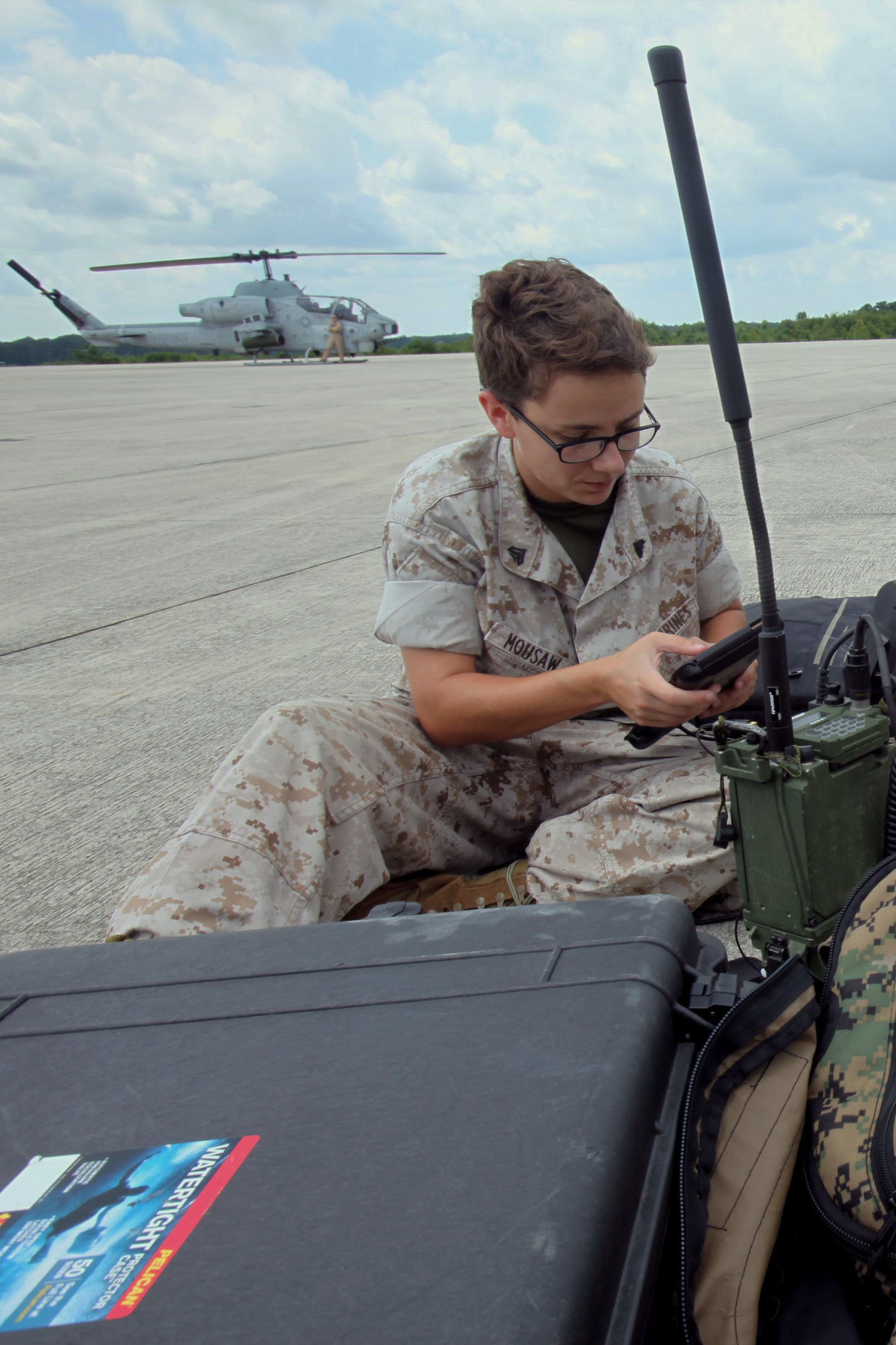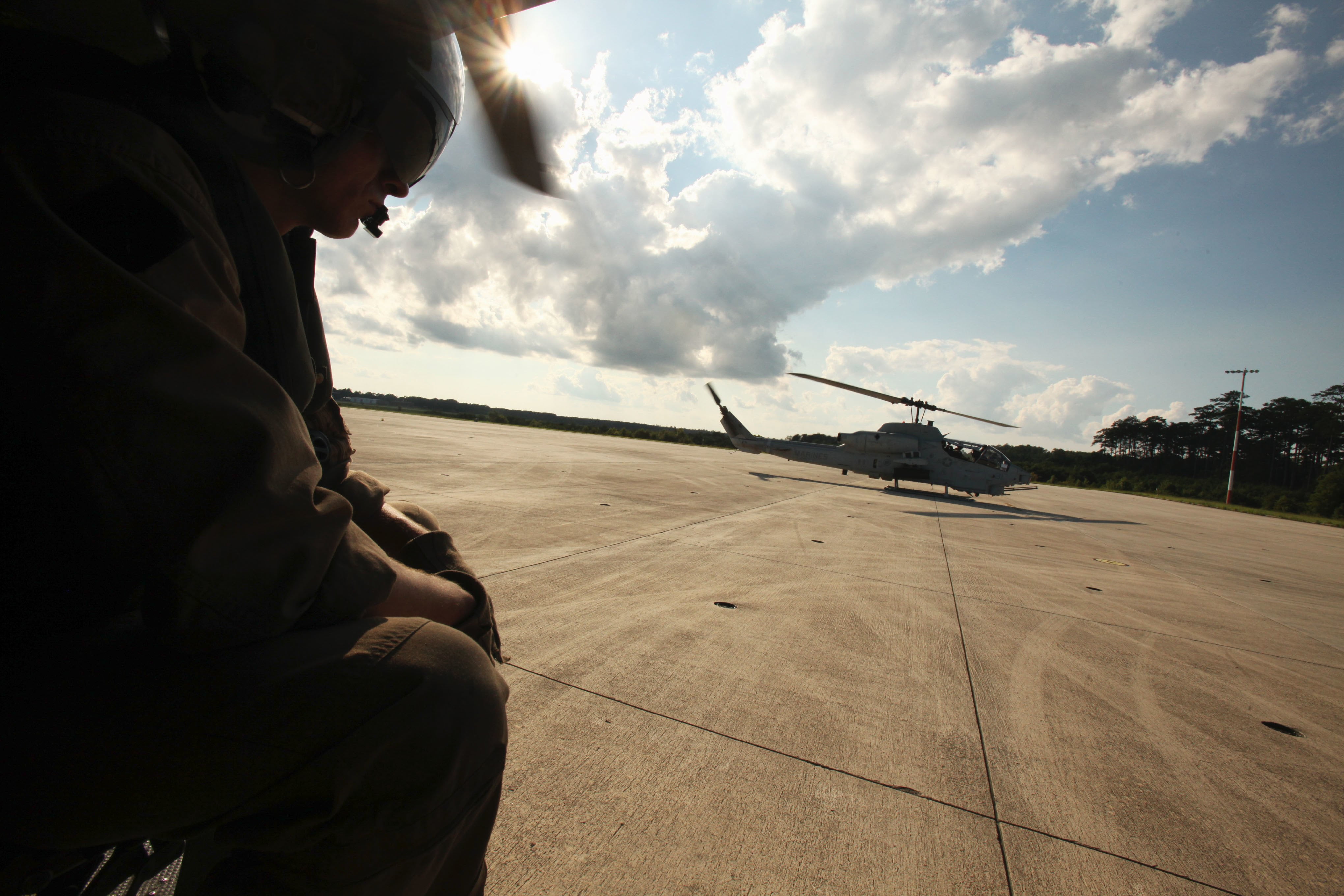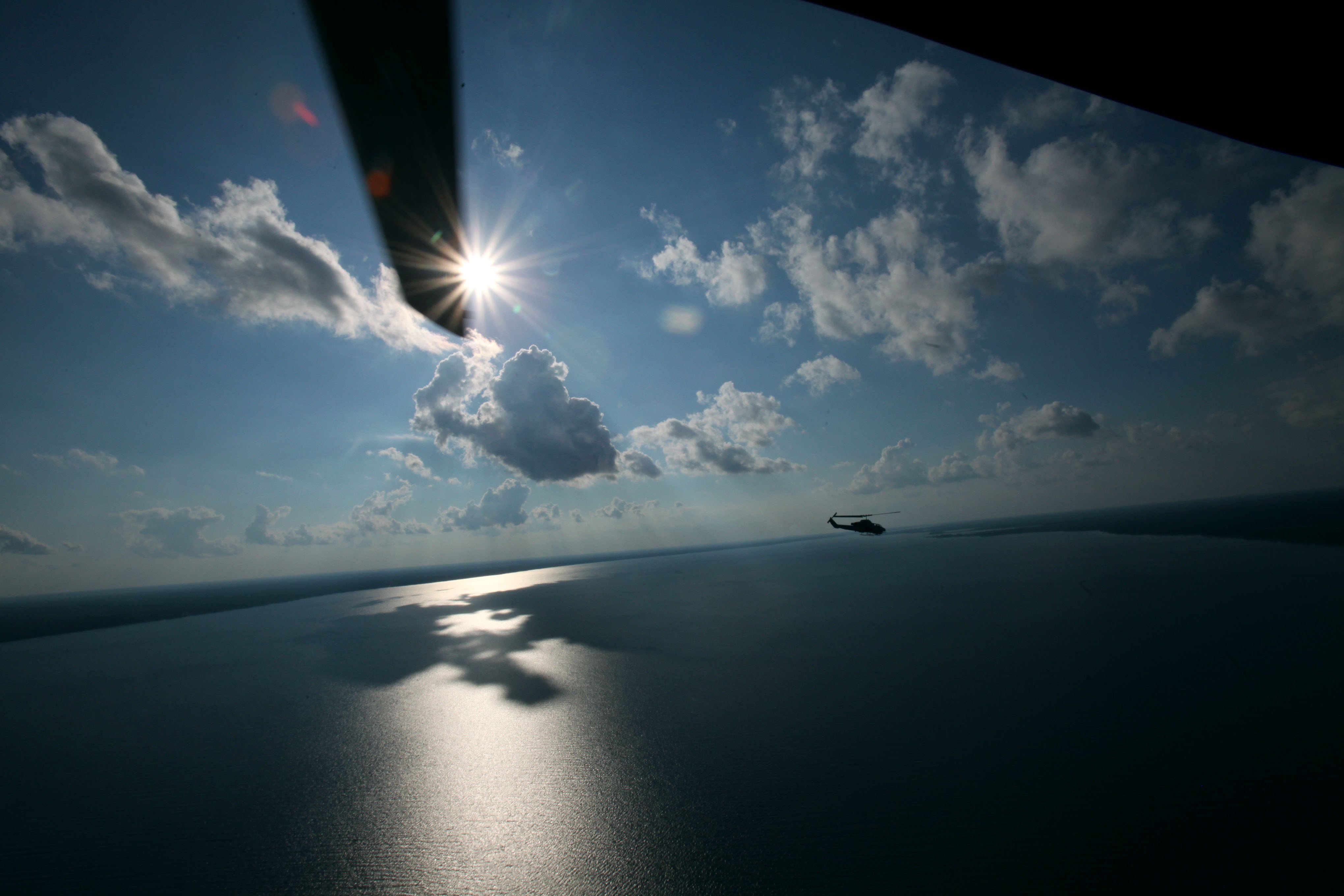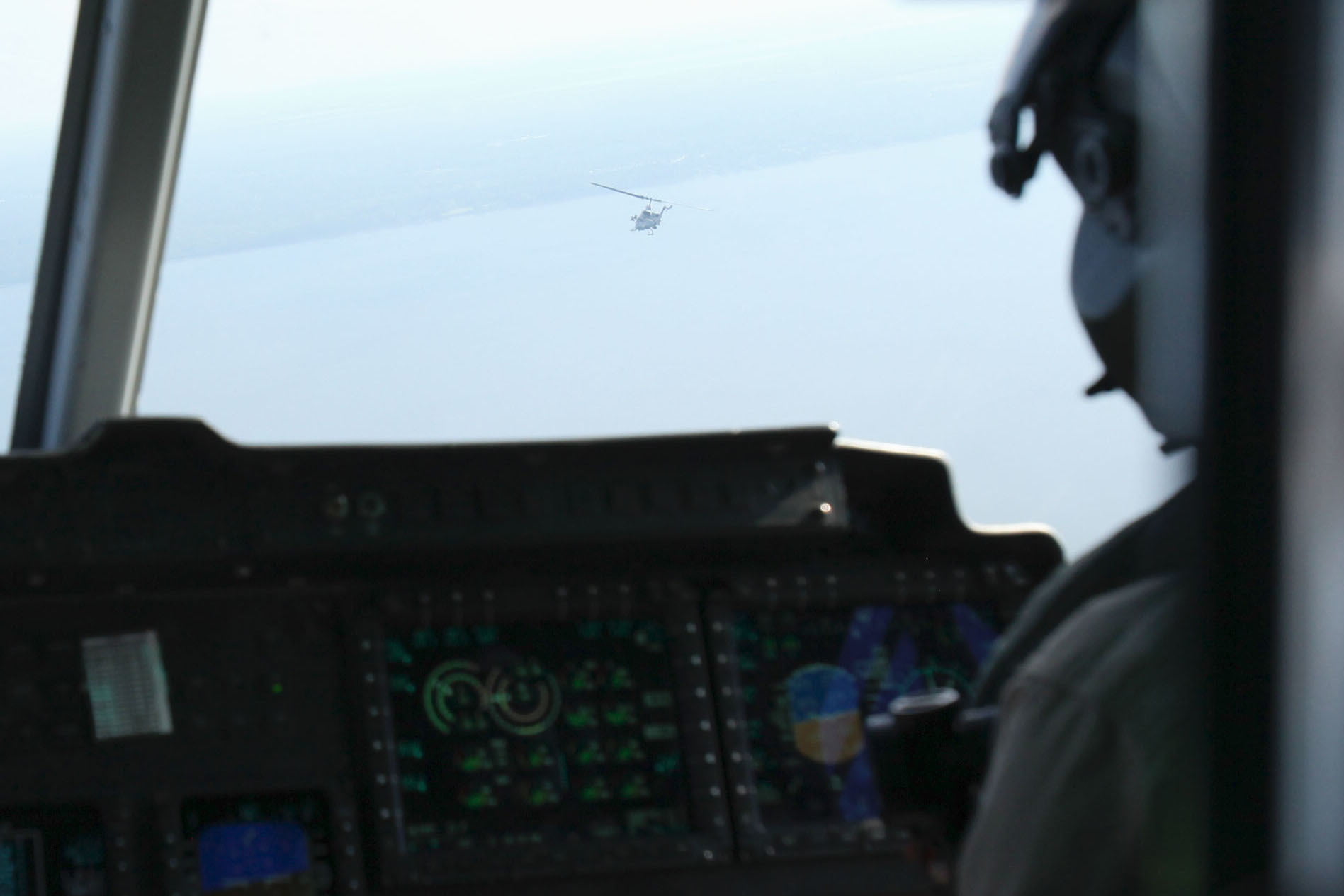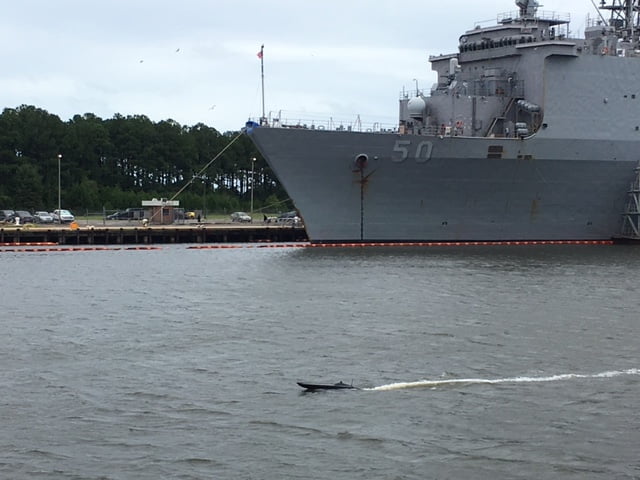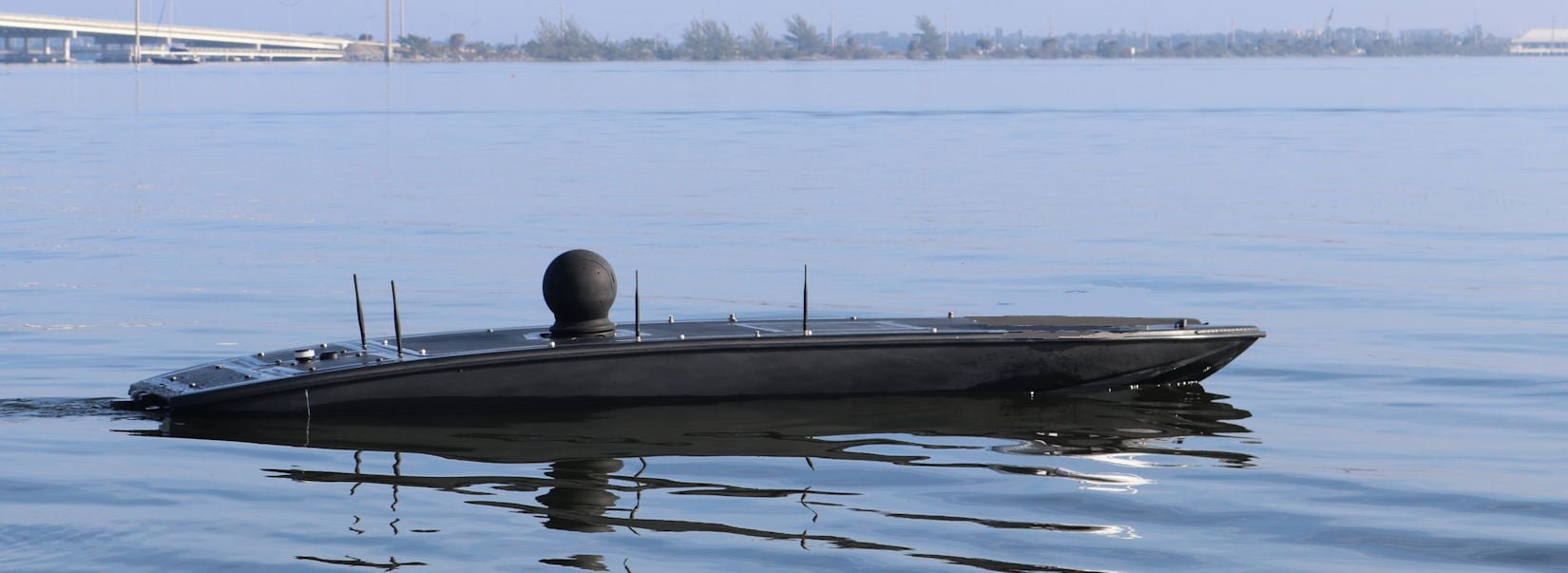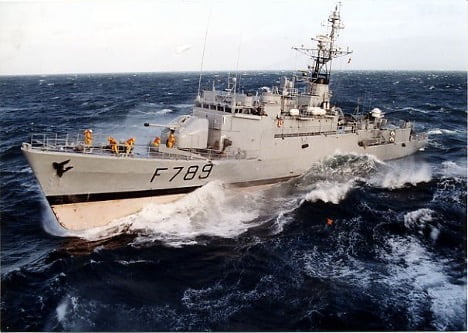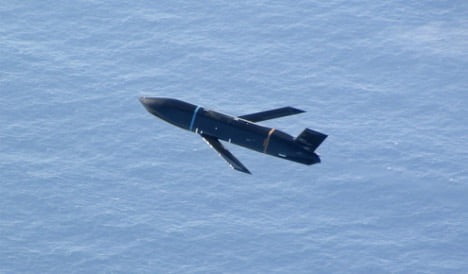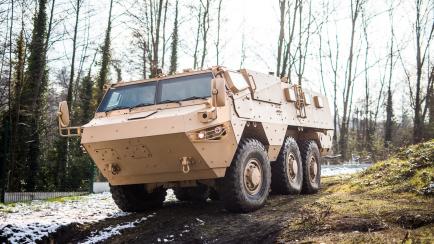By George Galorisi
The deployment of two U.S. Navy hospital ships, USNS Mercy and USNS Comfort, to the ports of Los Angeles and New York City, respectively, in response to the Covid-19 pandemic has made international news.
It has also put a punctuation mark on the importance of ports and harbors to any nation.
While these coastal assets are typically thought of primarily as nodes that are vital to support worldwide globalization, the response of USNS Mercy and USNS Comfort also emphasizes the unique ability to bring aid via sea, in much the same way as ships of many navies have always responded to natural disasters such as hurricanes, tsunamis and earthquakes.
But as these ships sit in these ports with their priceless lifesaving equipment and close to one thousand highly skilled – and indispensible – medical personnel aboard each ship, it should also bring to mind the vulnerability of these ports and harbors.
Not to put too fine a point on it, but while a merchant ship with a crew of perhaps a dozen mariners might present a good target for terrorists or other disaffected persons, a hospital ship with almost one thousand medical personnel and an equal number of critically ill patients is a target that, if successfully attacked, would gain the attackers a huge victory.
Potential scenarios like this should remind us that authorities must ensure port security 24 hours a day, 365 days a year.
This task includes threat detection and security response, continuous inspection of port assets, as well as on-demand inspections after storms or other disasters, ongoing surveys to ensure navigable waterways, hull inspections, and a wide-range of other missions.
The magnitude of providing comprehensive security for an average size port – let alone some of the world’s mega-ports like Los Angles, New York, Shanghai, Singapore, Hong Kong, Shenzhen and others – can sometimes lure port authorities into “wishing away” the challenge.
But in an increasingly dangerous world where not just terrorists, but others, may wish to make a statement or lash out at a particular nation, ports that can be attacked via land or sea present an all-too-inviting target.
The risk-reward curve – where a terrorist group or other disaffected person, or persons, are able to attack a port using something as simple as a RHIB and a small amount of explosives to blow a hole in a ship – is just too great. Ports are an inviting target, but ones that must be protected.
The Current State of the Art for Port Security
Current security measures in most ports involve monitoring the video provided by cameras throughout the port, as well as patrolling the ports’ expanse of water with a fleet of manned vessels. This methodology stresses the ability of port authorities to provide 24/7/365 security and typically leads to serious – and potentially fatal – gaps in coverage.
Cameras seem to offer a cheap and effective solution, but what people forget is that someone – often several people – must monitor the video for the cameras to have any purpose, let alone effectiveness. With some ports maintaining scores of cameras – or more – this entails having a command center and enough watch-standers to monitor all of the cameras in real-time, 24 hours a day. Depending on how the watch center is staffed, this often means that multiple crews must be available and paid to provide round-the-clock monitoring of these cameras. Further, if a camera malfunctions or otherwise goes out of service, this leaves a gap in coverage and a repair crew must be available to fix the device.
Similar issues accompany the use of manned craft to patrol a harbor of any size – let alone mega-ports. Manned vessel operations are increasingly expensive, are often limited by weather and water conditions, and physically stress port professionals. For most ports, multiple manned vessels are needed to guarantee sufficient revisit time to ensure that a threat has not slipped through the security net.
Compounding the issue is the physical toll riding a small vessel – either a rigid hull inflatable boat (RHIB) or other small craft. Unlike watchstanders on land who might be able to work shifts as long as eight or even twelve hours, pounding through an often-choppy harbor in a RHIB or small craft means that a watch rotation of somewhere between three and four hours is about all most people can endure.
With such short watch rotations, it is easy to see how the need to provide round-the-clock security can quickly multiply costs, even in the most optimistic scenarios. Add rain, wind, waves, fog and other natural phenomena that often reduce visibility and slow patrol speeds, the need for more craft and more people can multiply significantly, often without warning, thereby further driving the need for standby crews. All-in-all this is an expensive undertaking.
Additionally, there are many shallow areas throughout ports that are beyond the reach of any manned vessels. Even limited draft craft like RHIBs draw some water when they are loaded with people, communications equipment, weapons and the like. A manned vessel pushing too close to shore also runs the risk of impaling itself – as well as its crew – against visible or invisible hazards. This risk is compounded at night and during dense fog and other adverse weather conditions.
Given the manifest challenges of providing adequate – let alone comprehensive – security for ports with current state-of-the-art systems and capabilities, it is little wonder that port officials are searching for technology solutions that will enable them to provide better security, at lower costs, but more importantly, without putting humans at risk.
The Port of Los Angeles: A Mega-Port with a Mega-Challenge
The Port of Los Angeles (POLA) is the busiest port in the United States.
This mega-port comprises 3,200 acres (42 square miles) of water, 43 miles of waterfront, 26 passenger and cargo terminals and 86 ship-to-shore container cranes. POLA handled over 9.3 million twenty-foot equivalent units (TEUs) of cargo in 2017 (up from 8.8 million TEUs in 2016 and 8.1 million TEUs in 2015 – and predicted to increase year-over-year). Additionally, POLA is scheduled to bring on a substantial liquid natural gas (LNG) handling capability.
Current capabilities to secure the Port of Los Angeles’ 42 square miles of water involve monitoring the video provided by 500 cameras throughout the port, as well as patrolling the ports’ expanse of water with a fleet of manned vessels. This methodology stresses the ability of POLA authorities to provide the necessary 24/7/365 security.
Additionally, POLA has a large number of shallow areas throughout its 43 miles of waterfront that are beyond the reach of any of the manned vessels.
Providing security for this mega-port is a massive undertaking, and one made more challenging by the understanding that it is the port’s very prominence as the most active harbor in the United States that makes it an inviting target.
Port of Los Angeles officials must ensure security against a wide range of human attacks as well as natural disasters.
One need only spend a short time on the ground and on the water of this port to understand the magnitude of the challenge.
A Best-Practices Demonstration for the Port of Los Angeles
The Port of Los Angeles officials had a mandate from a number of stakeholders to explore the possibility of using unmanned surface vehicles to enhance the ability of POLA authorities to ensure the security of the port.
To that end, the port invited Maritime Tactical Systems Inc. (MARTAC) to visit and demonstrate the capabilities of their MANTAS USV. MANTAS is a high-performance USV built on a catamaran-style hull, and comes in a number of variants ranging in size from six-foot to 50-foot.
A demo was conducted with a 12-foot MANTAS as it had already been proven in its viability for the wide-variety of POLA missions described above.
The 12-foot MANTAS (otherwise known as the T12) has a length of twelve feet and a width of three feet. It is fourteen inches high and draws only seven inches of water. The vessel weighs 260 pounds and has a carrying capacity of 140 pounds. Its twin-screw battery powered electric propulsion prime mover enables the T12 to cruise at a comfortable 20 knots in sea state four. It has a cruising range of up to 60 nautical miles.
While the demonstration was performed with the T12, the family of MANTAS vessels range up to 50-foot in size and as the sizes increase, so do the speeds, on-station endurance/loitering time, and payload/sensor carrying capability.
All craft can be controlled via a remote operator or maneuvered autonomously in a preset mission scenario.
The MANTAS can be equipped with a wide variety of above-surface sensors (EO/IR/thermal video) and below-surface sensors (sonars and echo-sounders), as well as other devices such as chem/bio/nuclear sensors, water quality monitors, and above/below surface environmental sensors.
Real-time monitoring, to a port command center, is provided by a MANTAS communications package that can support redundant high bandwidth networked radios, 4GLTE, or satellite communications.
Leveraging Previous Successful Demonstrations
One of the primary reasons that the Port of Los Angeles requested the MANTAS system demonstration was the fact that the MANTAS had performed well in a port security demonstration conducted by the U.S. Army. In September, 2017, three MANTAS T-series vessels were part of the Mobile Ocean Terminal Concept Demonstration (MOT-CD) in Concord, CA coordinated by the Army Physical Security Enterprise & Analysis Group (APSEAG).
The primary objective of this demonstration was to assess MANTAS’ ability to patrol and protect the harbor and ammunition loading container ships.
For these missions, three MANTAS vessels, T6, T8 and T12, were used to perform different operations. The MANTAS T6 was utilized as an intercept vessel to quickly address potential threats at high-speeds up to 55 knots. This T6 was equipped with a standard electro/optical camera focused on rapid interdiction and base threat identification.
The second vessel was a MANTAS T8, with a medium performance envelope of 30 knots. Its role was as a forward-looking harbor vessel situational awareness asset. Mounted with a FLIR M232 thermal camera, the T8 operated forward of a harbor patrol vessel working in areas that were not accessible with manned vessels.
The final vessel was a MANTAS T12 tasked with prosecuting above and below surveillance operations to detect and identify intruder vessels, divers, kayaks or other potential threats to harbor assets.
The MANTAS T12 sensor kits included a SeaFlir 230 for above surface ISR capabilities and a Teledyne M900 for subsurface diver/swimmer detection and worked at slower speeds of five knots with the specific requirement to detect and provide the precise images for operator threat identification to determine appropriate response level.
Utilizing these three MANTAS configurations of overlapping areas and integrated mission profiles provided a more complete coverage of the sensitive area.
In the same manner, the larger T24 and T38 USV craft could have further replaced the smaller units, or additionally augmented the exercise with their increased endurance and larger variety of additional surface monitoring and underwater sensing.
In addition to the superior coverage area and quicker threat detection and identification, the MANTAS system was the first unmanned system to be successfully integrated into the Army’s new Integrated System Architecture (ISA) Common Operating Picture (COP) system.
This facilitated real-time video streams of diver detection and pier sweep mission that were transmitted to a command center. This capability confirmed MANTAS’s ease of integration into any command center.
Focusing on the Port of Los Angeles Unique Requirements
During the visit to the Port of Los Angeles, MARTAC representatives provided a comprehensive briefing on MANTAS capabilities, took a three-hour boat tour to observe the entirety of POLA authorities’ span of operations, and then provided a remote demonstration where port officials controlled and observed MANTAS operating off the eastern coast of Florida near MARTAC headquarters. The demonstration validated the going-in assumption that employing a thoroughly tested and proven USV is a solution POLA is keen to pursue.
After observing the MANTAS remote demonstration, it was determined that the capabilities of this USV meet the requirements for the wide variety of missions for the Port of Los Angeles.
The MANTAS has an open architecture and modular design, which facilities the rapid changing of payload and sensor components to provide day-to-day port security as well as on-demand inspections.
Additionally, if a longer endurance or an increased mission payload sensor profile was desired by the port, the modularity of the MANTAS system will easily allow for increasing the size of the craft from the battery powered electric motor 12-foot T12 to a marine diesel fueled 24-foot T24 or 38-foot T38.
This transition will eliminate the necessity for battery replacement/recharging on the T12 after each of the shorter missions.
This demonstration certified that commercial-off-the-shelf unmanned surface vehicles can ably conduct a comprehensive harbor security inspection of a mega-port such as the Port of Los Angeles.
As a facility with a longstanding need to augment its manned vessel patrol activities with emergent technology in the form of unmanned surface vehicles, the Port of Los Angeles demonstration provided a best practices example of the art-of-the-possible for enhancing port security.
Disaster Relief and Mitigation for Ports and Harbors
While this article has focused on using commercial-off-the-shelf unmanned surface vehicles for day-to-day, 24/7/365 port and harbor security, a related mission for which COTS USVs are ideally suited is their use for disaster relief and mitigation.
This capability is needed following a catastrophe at one of these ports, at a power plant, after an air crash or ship disaster, following flooding of low lying areas, or any other humanitarian assistance of disaster relief incident where areas are either inaccessible to humans or too dangerous for humans to deal with.
One need only look to events such as the Fukushima Daiichi nuclear disaster in March 2011 to understand the challenges of dealing with these sorts of catastrophes.
In the wake of natural disasters such as Fukushima Daiichi, rapid location of injured personnel becomes a critical and time-sensitive mission that is ideally suited to unmanned surface vehicles, especially in shoreline areas not accessible by larger harbor boats or rigid-hulled inflatable boats, or not safely accessible due to potential personnel hazards such as biological, chemical or radiological agents.
In performing these missions, unmanned surface vehicles can be fitted with a wide array of video, audio, sonar or other sensors to locate personnel and assess damage.
In some cases, larger USVs can transport relief supplies to areas not otherwise accessible.
While unmanned surface vessels may not completely replace manned assets in disaster relief and mitigation – nor are they intended to – they can provide an immediate response while authorities are assessing whether or not the scene of the disaster poses an unacceptable risk to human responders.
Advancing the Art of Port and Harbor Security
Mega-ports, as well as hundreds of other smaller ports and harbors are critical to world trade. A disaster like a fire, explosion, or a major oil spill could close one of these ports for an indefinite time.
Sending ships like USNS Mercy and USNS Comfort to the ports of Los Angeles and New York City should remind us all of the obligation, as well as the challenge, of protecting these vital nodes that support globalization and the burgeoning world trade that has lifted hundreds of millions out of poverty.
In an article in the January 2020 issue of U.S. Naval Institute Proceedings, Commander Rob Brodie noted: “When the Navy and Marine Corps consider innovation, they usually focus on technology they do not possess and not on how to make better use of the technology they already have.”
Extrapolating his assertion to the multiple entities responsible for port and harbor security at mega-ports such as the Port of Los Angeles, one must ask if we are to slow to leverage an innovative solution that can be grasped immediately.
The enhanced security taxonomy described in this article has not been evaluated previously, and there is a reason.
The technology to provide reliable, adaptable and affordable USV support to augment manned capabilities and expand the reach of port police at facilities such as the Port of Los Angeles simply did not exist just a few years ago. But that has now changed.
This technology is available today with commercial off-the-shelf unmanned surface vessels, and these can be employed to increase the effectiveness of port protection if we do as Commander Brodie suggests and “make better use of the technology we already have.”
And given the enormous personnel costs associated with monitoring cameras and patrolling with manned vehicles, this innovative solution designed to supplement current capabilities will drive down acquisition and life cycle costs while resulting in shorter times for a return on investment (ROI).
Given the way that commercial-off-the-shelf unmanned surface vehicles have performed in an increasing number of military and civilian exercises, experiments and demonstrations, one has to ask why they are not being leveraged more fully – and more quickly – for a variety of missions. Innovating with COTS systems we have at hand would appear to provide a near-term, affordable and effective solution to the challenge of providing comprehensive port and harbor security.
Like any new technology, COTS USVs take a while to gain traction.
But there is danger in waiting too long to put them to use.
Editor’s Note: A key aspect in understanding maritime remotes is that they should be considered in terms fo the grid they can populate and empower.
We discussed the grid concept for UUVs and USVs with the Australian Navy head of maritime remotes in the following article:
Shaping an Australian Navy Approach to Maritime Remotes, Artificial Intelligence and Combat Grids



